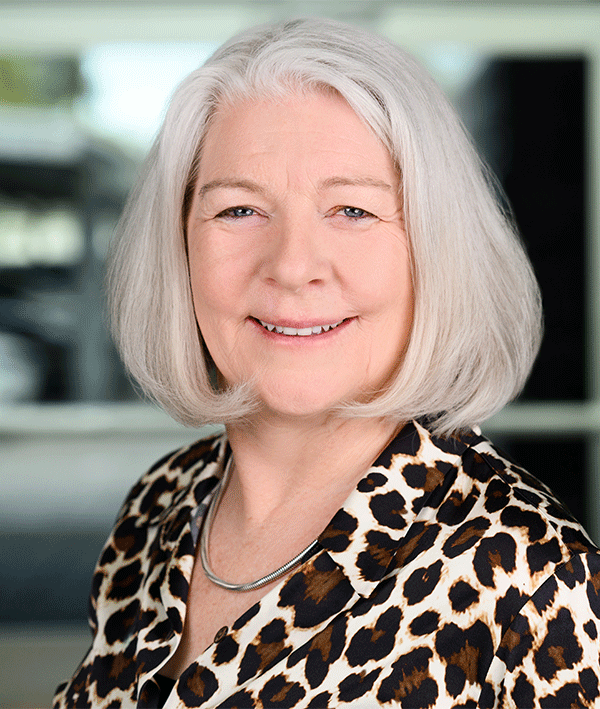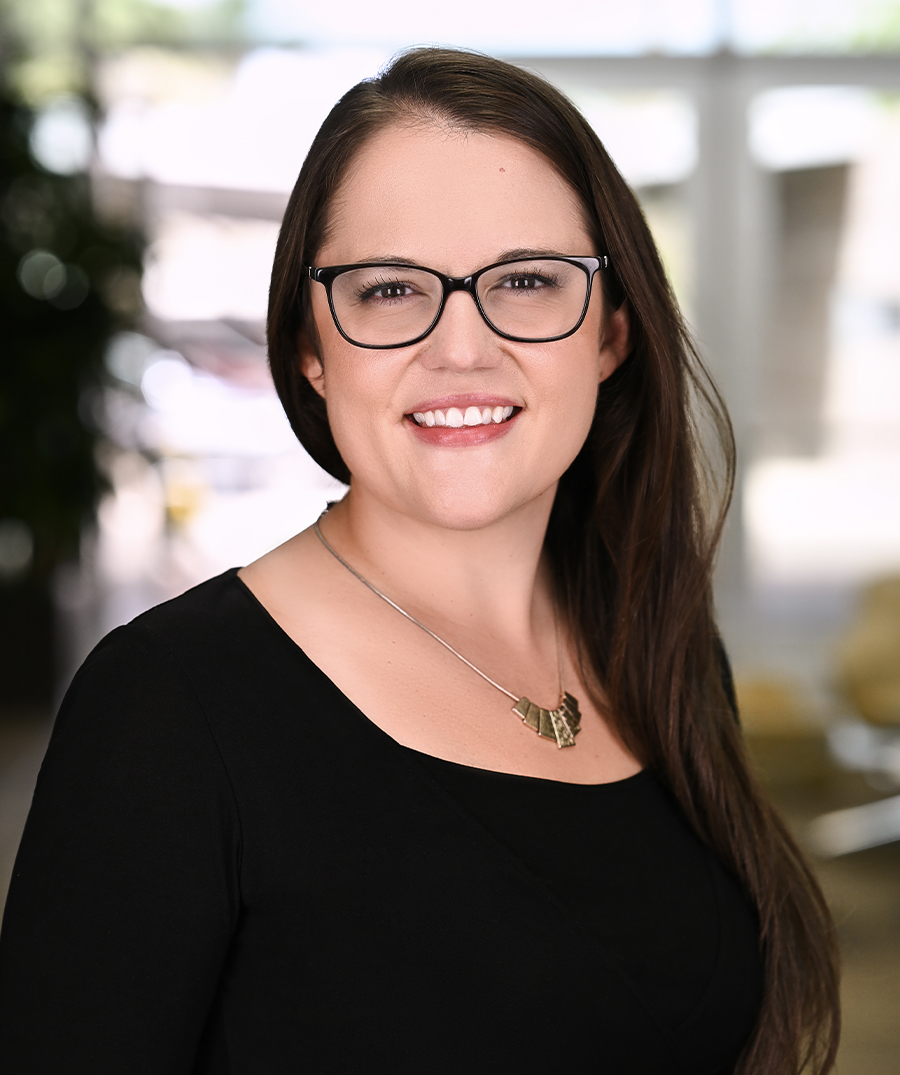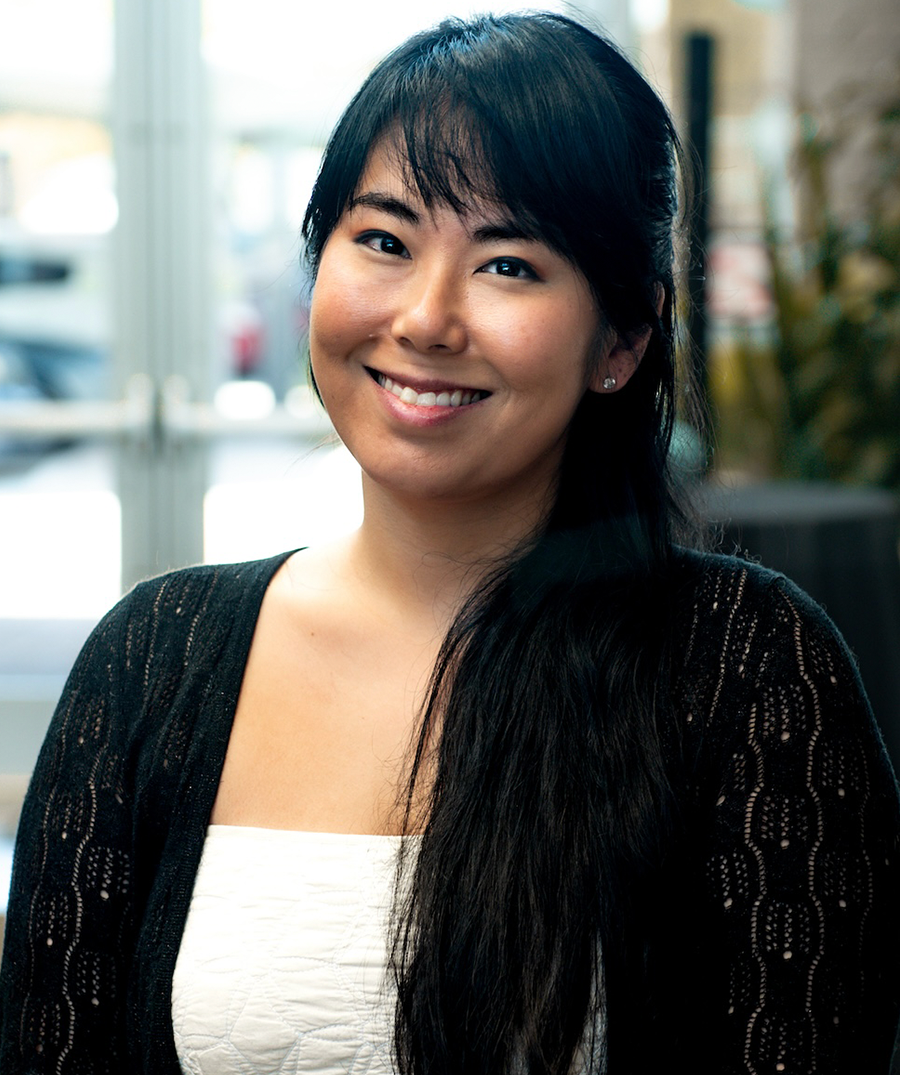ASU chemical research could benefit airport security
ASU researchers say they have found a way to potentially revolutionize the detection of trace amounts of chemicals, which could improve airport security.
The applications for this technology, which appeared in the March 12 issue of Science magazine, could be far-reaching, potentially including more efficient airport security, environmental data, and analyses of the human body.
Usually the way this is done, called electrochemical detection, is to apply voltage to an electrode, or conductor for a flow of electrical current. Then scientists look for a reaction specific to a particular chemical



